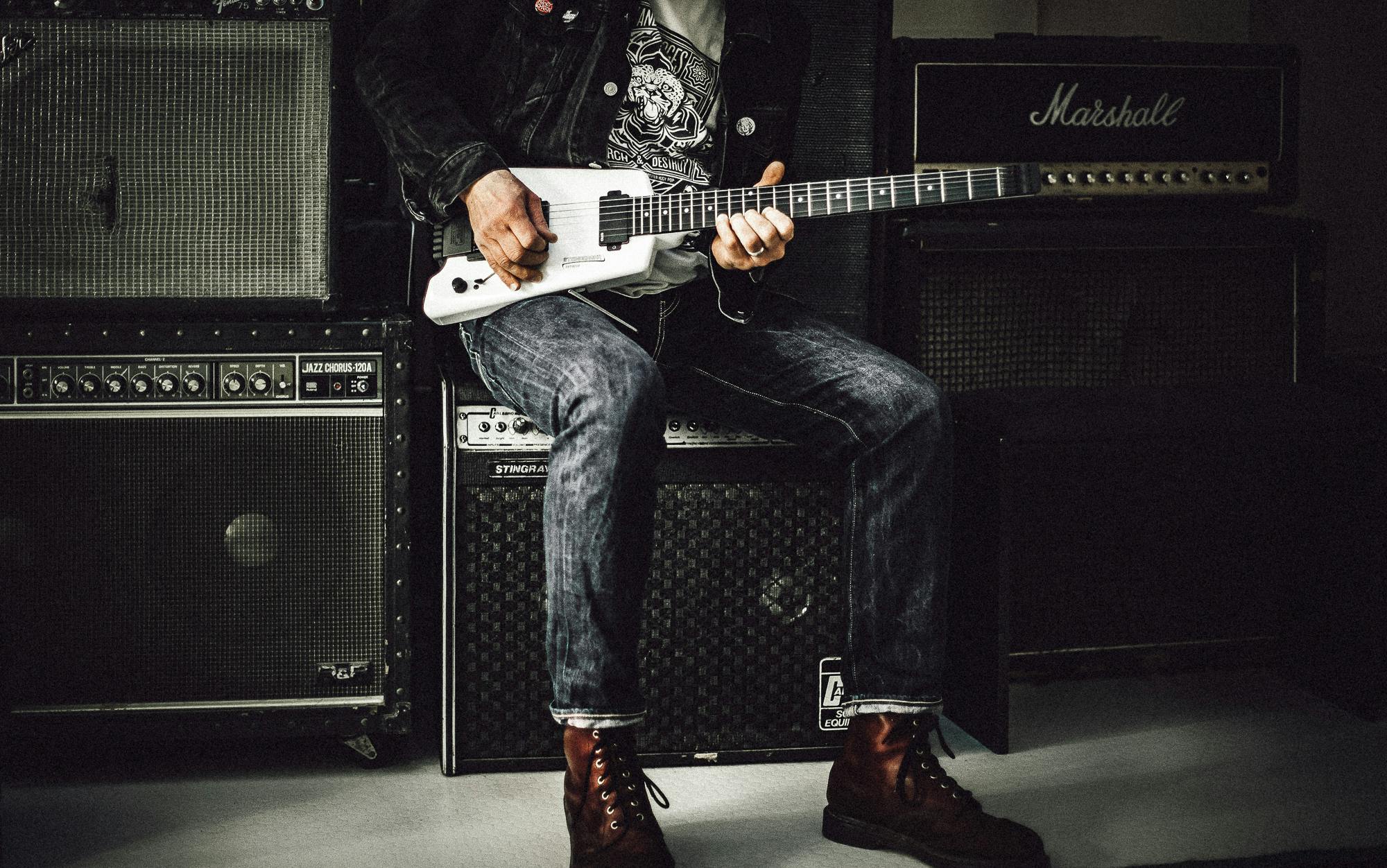
The future of the western genre
For the past two decades, fans have mourned the demise of westerns while the rest of the world has gone about its own business, ignorant that anyone might care about a genre relegated to a few obscure shelves at the local bookstore. Westerns were very popular for over a hundred years. They were not only popular in the United States, but the whole world devoured them. The western was a staple of fiction, Hollywood, television, and daydreams. What happened?
Overexposure, for one. In 1959, there were 26 prime-time Western series. On the big screen, John Wayne brandished his Winchester at countless bad guys. Paperback Westerns could be found in abundance in any drugstore, most of them bearing Louis L’Amour’s name on the cover. The big names made wonderful, quality stuff, but the demand was so great that a lot of junk was turned into paper and celluloid.
The common perception is that the western genre is dying. Yet somehow, Larry McMurtry, Cormac McCarthy, and many others make a good living out of Westerns. Robert B. Parker temporarily ditched private detective Spencer for a trilogy about two gunmen for hire. Parker’s Appaloosa grossed a respectable $28 million at the box office, while 3:10 to Yuma grossed more than $70 million. Most recently, in 1992, Unforgiven won the Best Picture Oscar, the first Western to receive such an honor. DVD sales of old westerns are doing well, and Louie L’Amour, Zane Grey, and even Max Brand still sell enough books to make their prodigy happy.
So the western isn’t dead, but it’s certainly not in style, especially for the next generation. Thrillers, fantasy, science fiction and romance novels take up all the space on the shelves. Action movie soundtracks are filled with revving engines, not thundering helmets. And the TV… well, the TV just broadcasts another permutation of CSI or Law & Order. In fact, the western excesses of the late fifties are repeated today with police programs. Perhaps weary audiences are ready for a revival of westerns.
Maybe. But what kind of western? Probably a new breed. There have been three distinct Western eras. I call them the healthy, flawed hero and the violent eras.
The healthy era lasted until the late 1950s. He was impersonated by Roy Rogers, Gene Autry, the Lone Ranger, Hopalong Cassidy and other cowboys in white hats. Instead of killing the bad guys, they shot their weapons out of their hands. If someone died, they deserved it, and his death would be bloodless, with a hand like a promise across his chest to cover the unsightly bullet holes. As in all eras, there was overlap, and during the later stages of the healthy phase Wayne and others made more realistic Westerns, but these, of course, were quarantined in theaters and only played at night.
The flawed hero of the sixties was not today’s anti-hero. He just had flaws, like Josh Randall, the bounty hunter played by Steve McQueen in Wanted Dead or Alive, or the gambling Maverick brothers who proudly claimed to be cowards. Richard Boone wore black and looked bad like a gun-for-hire in Paladin. The Magnificent Seven were the reluctant saviors of a small Mexican town, and they were flawed as men. Again, you were overlapping. The spaghetti westerns of the late 1960s pushed the genre into new territory.
Starting in the 1970s, the anti-hero ruled a border filled with slow-motion violence. The violent era was ushered in by Sergio Leone with his Man with No Name trilogy (1967) and Sam Peckinpaw with The Wild Bunch (1969). From then on, blood red dominated the color spectrum, and the hero was only one step away from the bad guy. This kind of gritty realism was deemed inappropriate for television until cable brought Deadwood (2004) into our living rooms.
Whats Next? Fortunately, these eras overlap, so seeing the current direction of the Western genre is not a guess. Larry McMurtry, Cormac McCarthy, and Robert B. Parker have, to varying degrees, turned away from the violent age. They point out that the future of westerns is historically accurate storytelling. If the story takes place in the past, we call it a historical novel, except in the case of westerns. They are relegated to a niche genre that still bears the stain of pulp fiction. But a story that takes place on the American frontier in the 19th century has as much legitimacy to be called a historical novel as Ken Follett’s World Without End.
McMurtry, McCarthy and Parker found the key. Good writing, solid plots that move confidently, and great characterization. They focus on characters who are forced to deal with hardship and human frailty at a particular moment in history. These are the basic elements of a good storytelling. In fact, a Western historical novel can be action-adventure, but it can also borrow elements from detective, suspense, romance, mystery, and other genres. Lonesome Dove took from all of them. The world has grown tired of ready-made police shows and endless permutations of suspenseful tales about secret societies that are about to take over the world. Before Daniel Radcliffe can learn to spin a six-shooter, westerns will once again rule the page and screen.